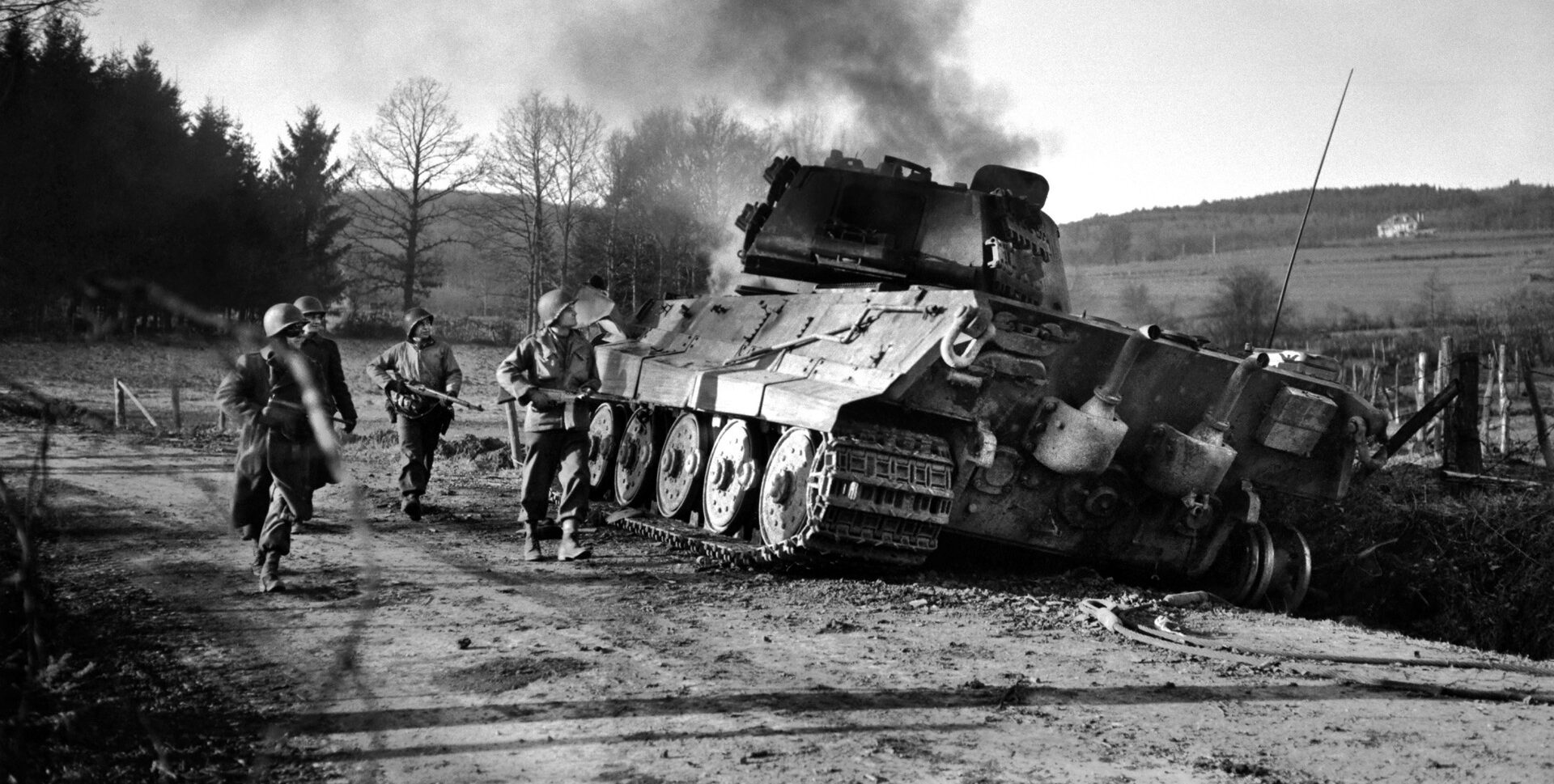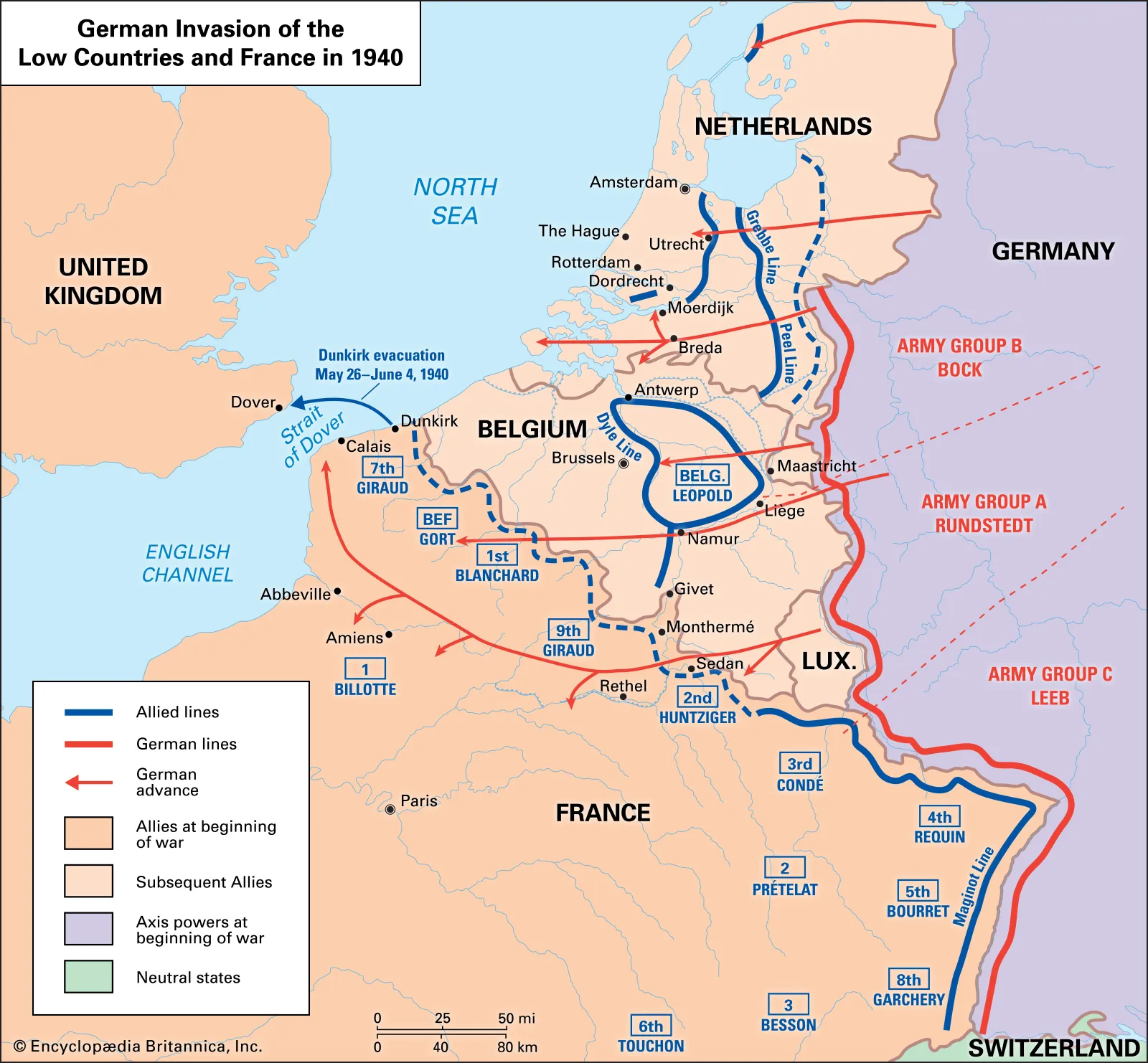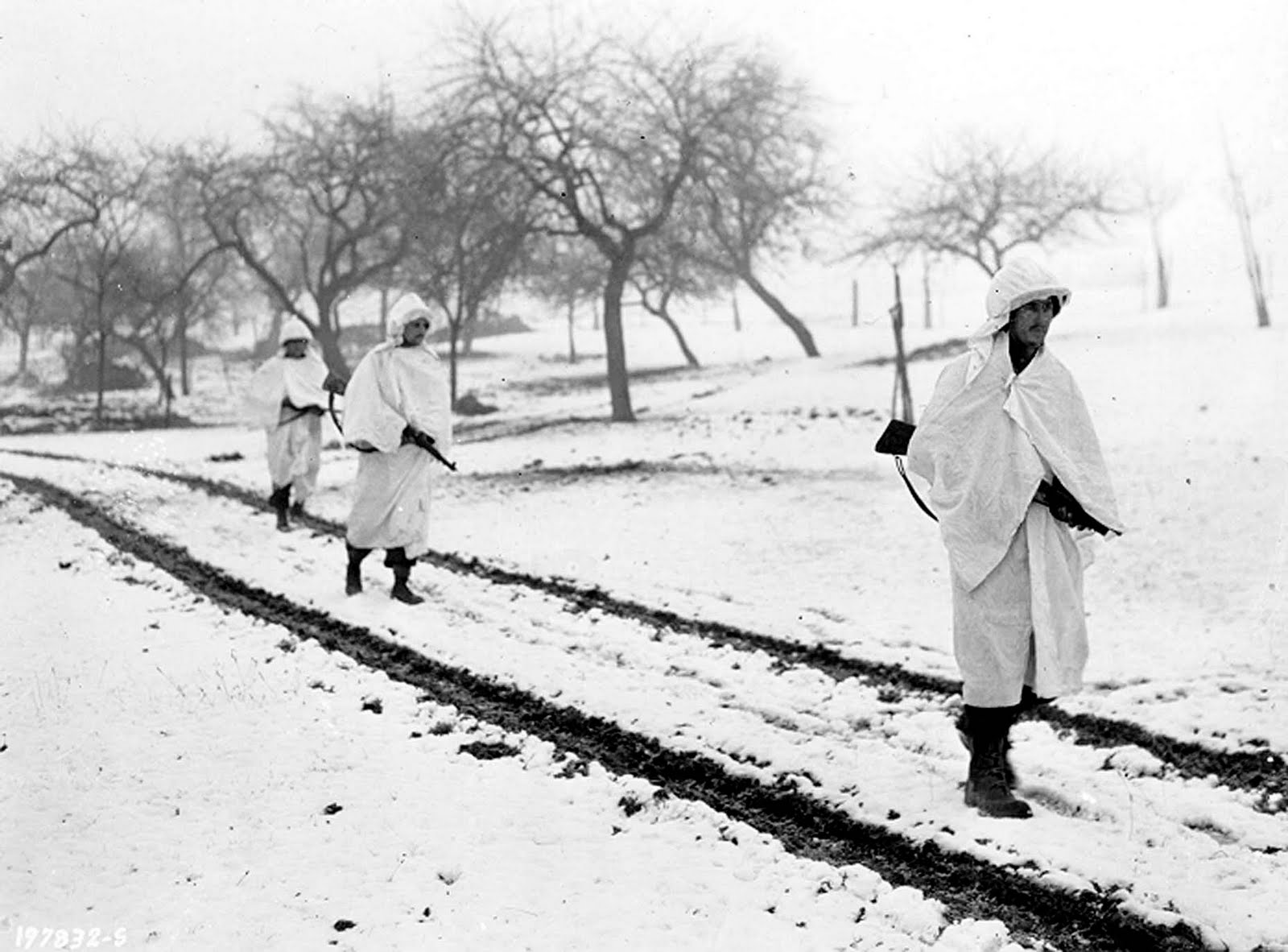Published on March 21, 2025
Introduction
The Battle of the Ardennes, commonly known as the Battle of the Bulge, remains one of the most pivotal conflicts of World War II. However, before the full-scale German offensive began, a crucial engagement took place at the village of Kesternik, a battle that has largely been overlooked in historical narratives. This article delves into the forgotten first battle of the Ardennes, analyzing its significance and consequences.
The Context: Germany's Last Gamble
By late 1944, Nazi Germany was facing a dire situation. On the Eastern Front, the Red Army was advancing towards Berlin, while in the West, the Allied forces had pushed through France and were nearing the German border. Hitler, desperate to regain the strategic initiative, devised a bold counteroffensive through the Ardennes region in Belgium and Luxembourg. His objective was to split the British and American forces, capture the crucial supply port of Antwerp, and force the Western Allies into negotiating a peace settlement.
One key component of this grand plan was to secure the northern flank of the German attack. This brought the small village of Kesternik into focus, as it was positioned near the Schwammenauel and Urft dams, structures capable of flooding the U.S. frontlines and delaying an American advance for weeks.
The Battle of Kesternik: December 13-16, 1944
Day 1: The American Attack
On December 13, 1944, the U.S. 78th Infantry Division launched an attack on Kesternik as part of a broader effort to cross the Rur River. The 309th Infantry Regiment, 2nd Battalion led the assault but immediately encountered minefields, heavy German artillery, and well-fortified positions. Sherman tanks of the 709th Tank Battalion supported the attack but suffered heavy losses due to German anti-tank guns.
Several U.S. infantry units managed to reach the village, but they were soon cut off from reinforcements, leaving them vulnerable. Casualties began to mount, and communication with command was severed. By nightfall, Lieutenant Colonel Wilson L. Burley, the battalion's commanding officer, was killed, dealing a severe blow to morale.
Key Fact: The initial attack on December 13th saw American forces enter Kesternik but quickly become isolated from reinforcements, setting the stage for the difficult battle ahead.
Day 2: Reinforcements and Mass Casualties
The next day, December 14, saw an escalation in combat. The 310th Infantry Regiment was deployed to reinforce the Americans trapped in Kesternik. No proper reconnaissance was conducted before the attack, leading to devastating losses. As U.S. troops advanced across open fields, German machine guns, landmines, and artillery fire inflicted heavy casualties. By the end of the day, the 2nd Battalion of the 310th Infantry Regiment had suffered a staggering 25% casualty rate.
Meanwhile, the surviving 40 U.S. troops trapped in Kesternik continued fighting, holding out in isolated buildings.
Day 3: The German Counterattack
On December 15, 1944, General Parker of the U.S. 78th Division reorganized his forces and launched another attempt to take the village. Some progress was made, and house-to-house combat ensued. However, the Germans, realizing the threat to their northern flank, launched a powerful counterattack at 3:30 PM.
- Massive German artillery barrages severed U.S. communication lines.
- Hundreds of German infantry troops, supported by Hetzer tank destroyers, stormed Kesternik.
- U.S. troops, low on ammunition and support, were forced into a chaotic retreat.
By the morning of December 16, 1944, only 70 American troops remained in the village. As the main Ardennes Offensive commenced, these soldiers were overwhelmed, with 56 surrendering and the rest killed.
Consequences of the Battle
Severe U.S. Casualties: Over 1,000 American soldiers were killed, wounded, or captured.
German Strategic Victory: The 272nd Volksgrenadier Division secured Kesternik, ensuring the northern flank of the Ardennes Offensive remained protected.
Equipment and Supply Losses: The Germans captured a significant amount of American equipment, bolstering their initial assault capabilities.
Psychological Impact: The defeat at Kesternik set a grim tone for the Americans in the early days of the Ardennes Offensive, as the Germans initially advanced with surprising effectiveness.
Conclusion
The Battle of Kesternik is a crucial but often overlooked engagement that marked the beginning of the Ardennes Offensive. While the Germans secured a short-term victory, the overall campaign failed due to Allied resilience and logistical shortcomings. Understanding Kesternik sheds light on the brutal combat of World War II and highlights how seemingly minor battles can have significant strategic implications.
The forgotten first battle of the Ardennes serves as a testament to the endurance and sacrifice of the soldiers who fought in the harsh winter of 1944, shaping the course of history in one of the war's most defining moments.


